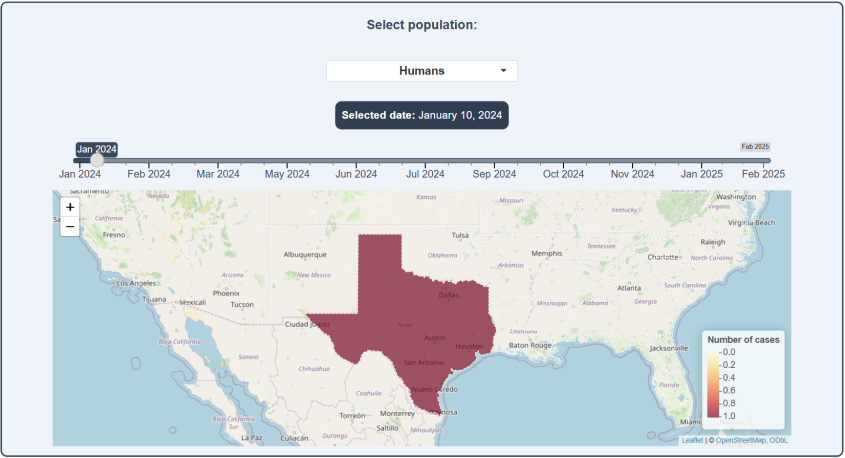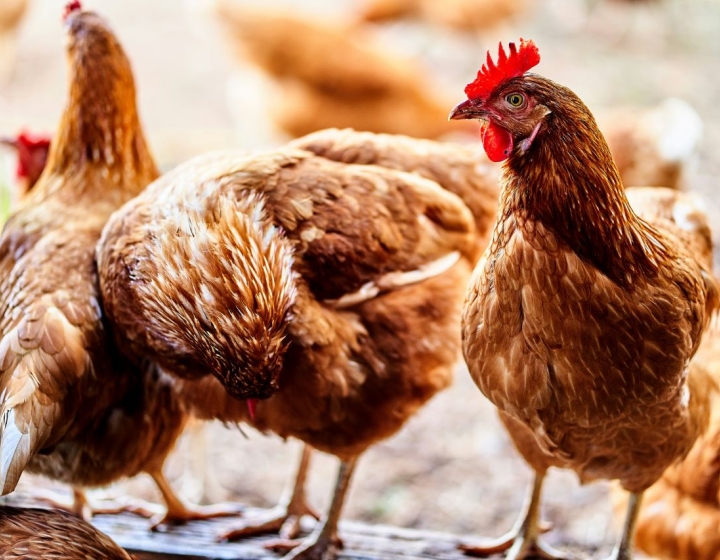Cats and Dogs
Bird flu can be transmitted to domestic animals. Here is what we know.
HPAI in domestic cats
The Cornell Feline Health Center has information on how to keep your cat safe, including recalls on raw pet food diets.
What are the clinical signs of avian flu in cats?
Clinical signs in cats may include the following:
- Loss of appetite
- Lethargy
- Fever
- Neurologic signs (ataxia, circling, tremors, seizures, sudden blindness)
- Copious oculonasal discharge
- Difficulty breathing
Can dogs also get avian flu?
Although dogs are susceptible to H5N1, there have not been cases of dogs becoming clinically ill or succumbing from the disease. Still, it’s helpful to stay up to date on vaccines, know the signs and stay informed.
Dogs can become infected with H3N8 or H3N2 influenza viruses, but those are different forms than the current outbreak of H5N1. You can download the fact sheet on canine influenza outbreaks, and find information on the canine influenza virus and how to submit samples for diagnostic testing.
Other pet resources
The Baker Institute for Animal Health provides practical information to protect your pet.
The American Veterinary Medical Association has information about avian influenza in pets and backyard flocks.
- FDA pet food reporting website.
Veterinarians
The Animal Health Diagnostic Center has information for veterinarians about testing cats for HPAI.
A recent publication on the Morbidity and Mortality Weekly Report (MMWR) page of the CDC described reports of indoor cats that were positive for HPAI. The route of transmission in those reports was unclear but out of an abundance of caution, they suggested guidance for veterinarians seeing cats that have respiratory and/or neurological signs to utilize PPE.
The risk is higher for farm cats, outdoor cats, cats who drink raw milk or eat a raw food diet, and cats having household members who are at risk of exposure to HPAI. Veterinarians seeing such cats should consider wearing PPE (e.g., face shield or glasses, mask, and gloves) to reduce their potential exposure.
This page was last updated on Tuesday, Sep 09, 2025






